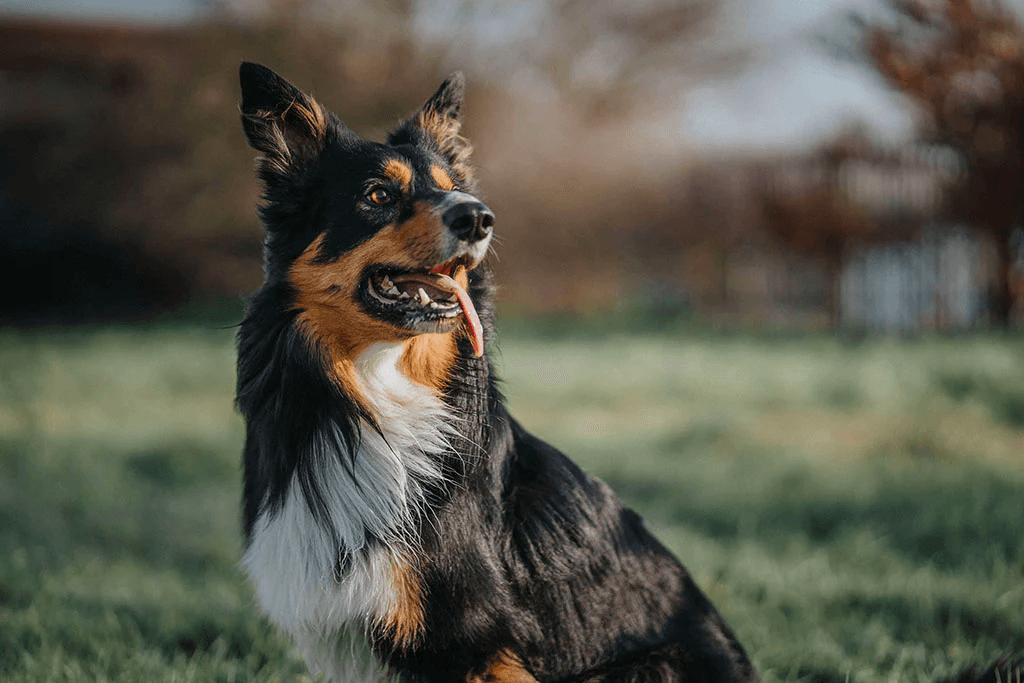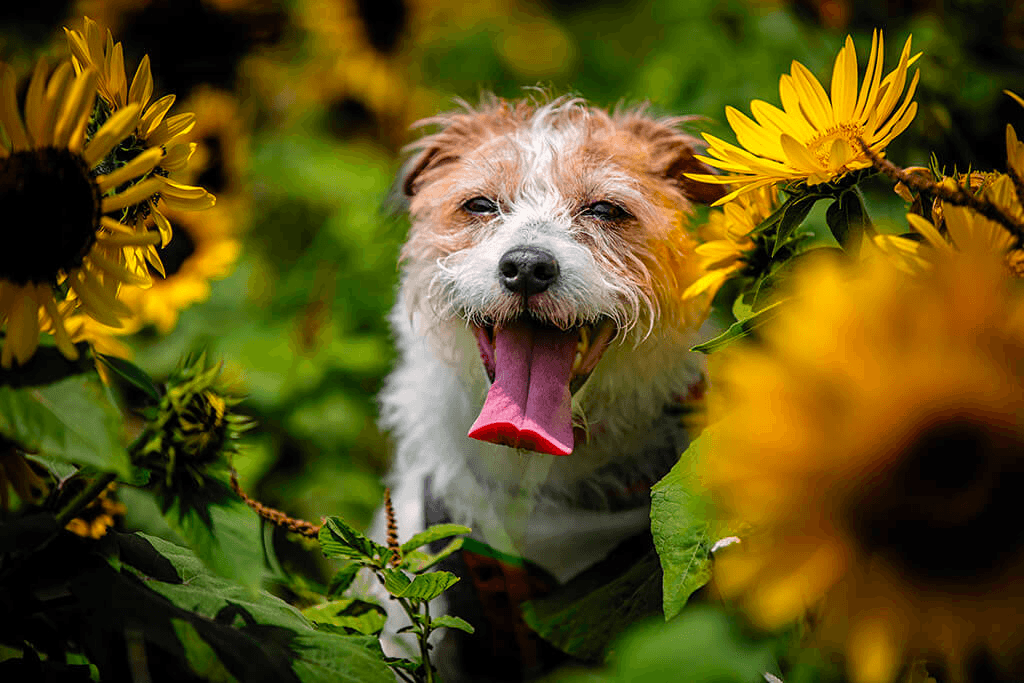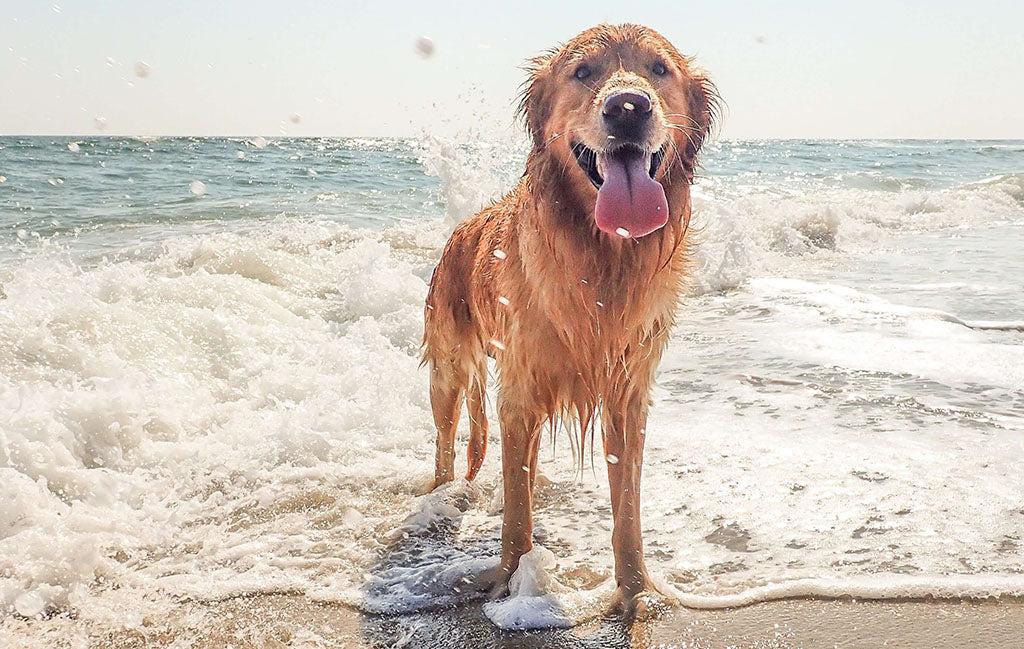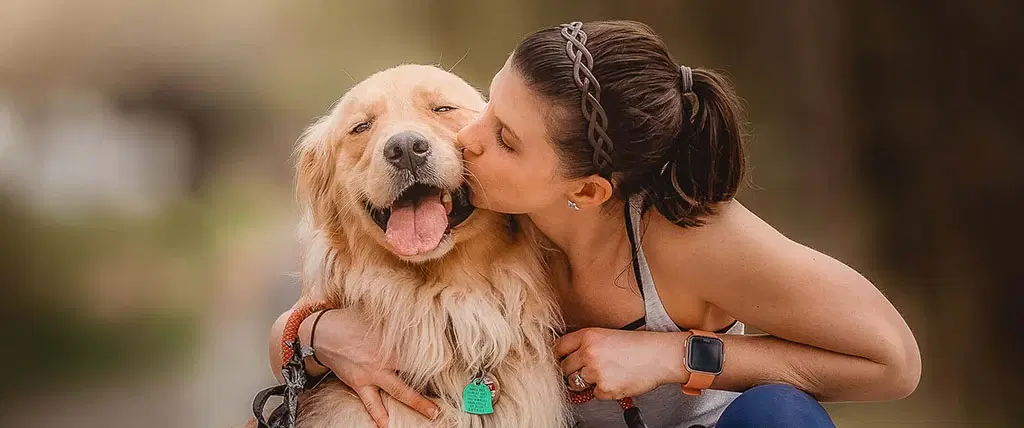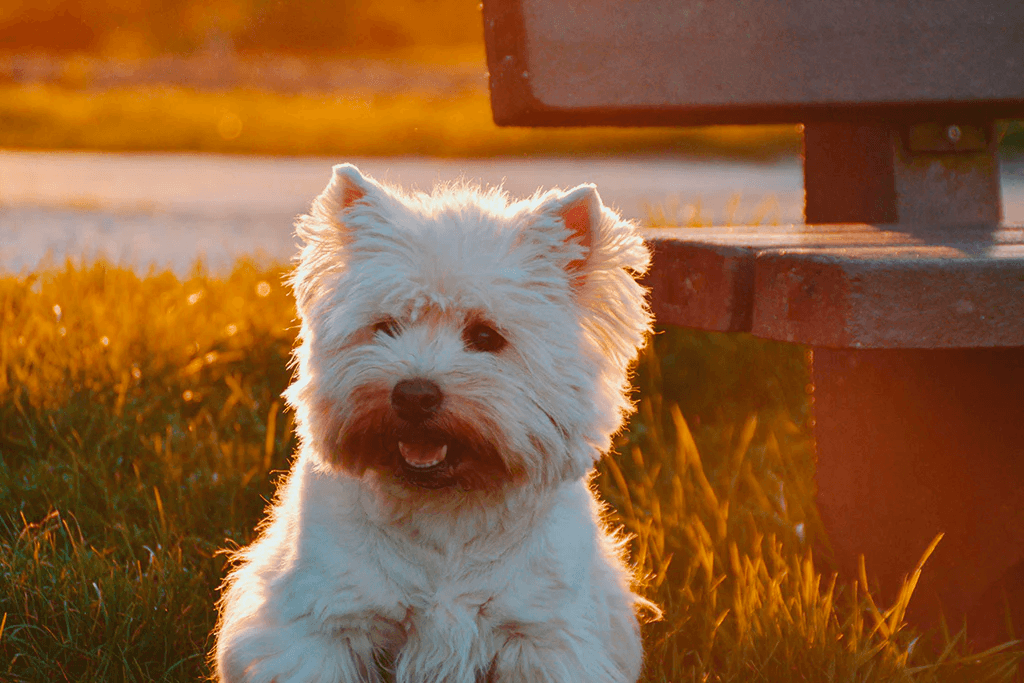Discover essential grooming tips to keep your dog healthy and happy. Learn effective techniques for a shiny coat and a joyful pup. Read more!
Dog Grooming for Beginners: Easy Tips to Try at Home

Grooming is one of the cornerstones of owning a dog, but it is also one of the obligations that owners often struggle with.
It can be daunting at first, especially if you’ve never owned a dog before and don’t know how to approach it. For this reason, a lot of people delegate this task to professionals and simply take their pooch to the salon every now and then.
Of course, this is a great way to do it, but there is something to be said about good old-fashioned DIY grooming.
In this article, we’ll try to bring you a detailed guide for dog grooming for beginners at home, as well as all the benefits that come with it.
Preparing for Grooming
Before explaining the actual grooming process, let’s quickly go over what you should do to prepare for it.
Gather Your Tools
Think of this as assembling your doggy spa kit. Having the right tools tailored to your dog’s needs will prevent surprises and save you from getting into “What now?” situations in the middle of the grooming process.
Here’s what you’ll need:
- Brushes and combs
- Nail clippers or grinders
- Dog shampoo and conditioner
- Towels
- Ear cleaners
- Optional add-ons, such as a grooming table or a non-slip mat
Choose the Right Spot
After you’ve gathered all the tools, it’s time to pick a spot where you’ll be doing the actual grooming. It doesn’t have to be anything fancy, but it should be functional and comfortable for your pup.
Here’s what you should look for:
- Quiet and calm area
- Well-lit space
- Non-slip surface
Make Your Dog Comfortable
We’ve talked about comfort a lot so far in this article, but it simply cannot be overstated how important it is. No matter how much your dog loves and trusts you, they probably won’t enjoy being groomed at first.
To reassure them, do the following:
- Introduce tools gradually
- Use treats and positive reinforcement
- Stay calm and patient
Step-by-Step Guide to Grooming at Home
Okay, now it’s time to get to the heart of the matter and explain the step-by-step process of grooming your dog at home.
1. Brushing
Brushing is the cornerstone of dog grooming — it’s where all the magic begins. Whether your dog has a short, sleek coat or a long, fluffy mane, regular brushing offers more than just a tidy appearance.
Why Brushing Is Essential
It’s crucial for a number of reasons, but most of all, because it prevents matting. Mats can cause discomfort for dogs if they’re not dealt with, and regular brushing will ensure your dog never even learns what mats are.
Additionally, brushing also stimulates natural skin and coat health, reduces shedding, and can help you detect any problems, such as skin irritations and parasites, early on.
Brushing Techniques for Different Coat Types
Every coat is unique, and the brushing approach should match your dog’s fur type.
For example, breeds like beagles and boxers have very short fur and require a bristle brush or a grooming glove.
Longer-haired breeds, such as golden retrievers or Afghan hounds, should be groomed with a slicker brush, followed by a pin brush, in order to smooth the coat.
A similar method should be used for curly coats (i.e., poodles), but in a more careful way since you don’t want to be pulling on your dog’s fur and causing them discomfort.
Of course, there are also double-coated dogs like German shepherds, which require a rake brush and a de-shedding tool to get all the loose fur from the undercoat. After that’s done, you can use the normal slicker brush.
How Often You Should Brush Your Dog’s Coat
The frequency of brushing depends on your dog’s breed, coat type, and lifestyle. Here are our recommended guidelines:
- Short-haired breeds: 1–2 times a week.
- Medium to long-haired breeds: 3–4 times a week.
- Curly or dense-coated breeds: Every 2–3 days.
- Double-coated breeds: Weekly year-round, increasing to daily during shedding season.

2. Bathing
Bathing is not as important as brushing and isn’t done as often, but it’s still a vital part of the grooming experience.
Knowing how and when to do it can make the whole thing stress-free for both you and your pup.
How Often Should You Bathe Your Dog?
The frequency of baths depends on a few factors, such as your dog’s breed, activity level, coat type, and any potential skin conditions.
Here is the general rule of thumb:
- Short-haired breeds: Every 6–8 weeks.
- Long-haired or double-coated breeds: Every 4–6 weeks.
- Active or outdoor dogs: As needed, when they get dirty or smelly.
- Dogs with skin conditions: Consult your vet.
How to Choose the Right Dog Shampoo and Conditioner
The rule is that you should always choose dog-specific products, not human ones, as they can cause skin irritations. It’s usually best to go for a gentle, hypoallergenic shampoo.
Of course, every dog is different, and there isn’t one single shampoo that will work for all of them. For example, if your dog has dry or sensitive skin, opt for a moisturizing oatmeal-based formula.
Remember to always consult your vet for things like this.
How to Bathe Your Dog
Here is a simple step-by-step guide on bathing your dog:
- Prepare the space
- Brush before bathing
- Thoroughly wet your dog
- Apply shampoo
- Rinse thoroughly
- Apply conditioner
- Rinse again
- Dry your dog with a towel
- Brush again
3. Nail Trimming
Nail trimming is one of the most important — and often most dreaded — parts of dog grooming. While it may seem intimidating, keeping your dog’s nails short is essential for their health and comfort.
Why Keeping Your Dog’s Nails Short Is Important
Long nails aren’t just unsightly — they can actually cause a host of problems for your dog, including irritation and discomfort.
A dog’s nails get a lot of action, as they’re constantly scraping against various surfaces, which leaves them exposed to all kinds of risks. Keeping them as short as possible minimizes that.
How to Trim Your Dog’s Nails Correctly
The most important thing to clipping your dog’s nails is making sure you avoid the quick. The “quick” is the blood vessel inside your dog’s nail, and cutting it can cause discomfort.
Here’s how to trim nails correctly:
- Use the right tools: Invest in high-quality dog nail clippers or a nail grinder. Guillotine-style clippers work well for small dogs, while scissor-style clippers are better for larger breeds.
- Examine the nails: In dogs with light-colored nails, the quick looks like a pinkish area. For dogs with dark nails, trim conservatively in small increments to avoid hitting the quick.
- Work in a quiet space: Choose a calm, well-lit area where your dog feels secure.
- Start slowly: If your dog is new to nail trimming, introduce the clippers or grinder gradually.
- Trim small amounts: Cut or grind the tips of the nails a little at a time. Stop when you see a faint white center or if the nail starts to feel softer.
- Get styptic powder: Styptic powder will help if you do cut your dog’s quick on accident. If you don’t have any styptic powder on hand, cornstarch will do the trick.
- Reward often: You should praise your dog and offer treats throughout the process to create a positive association with nail trimming.
How Often You Should Trim Your Dog’s Nails
This largely depends on your dog’s activity level and the type of surfaces they walk on.
If you have a mostly indoor dog, you should probably trim every 3–4 weeks since their nails won’t naturally wear down fast enough.
For highly active outdoor dogs, check their nails every 4–6 weeks, as rough surfaces such as concrete will mostly do the job for you.
4. Ear Cleaning
Your dog’s ears are an often-overlooked but incredibly important part of their grooming routine. Clean ears mean a happier, healthier dog, but it’s important to handle this task with care.
Signs Your Dog’s Ears Need Cleaning
Not all dogs require frequent ear cleaning, but knowing when their ears need attention is key.
Look out for these telltale signs:
- A strong odor coming from their ears
- Discomfort or irritation
- Occasional scratching or head-shaking
- Sensitivity to touch
How to Clean Your Dog’s Ears Correctly
To ensure the best possible experience for your beloved pup, stick to these steps:
- Gather your supplies, such as PetLab Co.’s Clear Ears Therapy cleaning solution, cotton balls, and a towel.
- Prepare your dog and get them comfortable.
- Inspect the ears for sensitivity, irritations, or other signs.
- Apply a small amount of cleaning solution to the ear canal.
- Take 20–30 seconds to massage the base of the ear. Be gentle!
- Let your dog shake it out.
- Wipe the ear clean with the cotton balls.
When to Leave the Ear-Cleaning It to the Vet
While at-home ear cleaning can be a simple and beneficial routine, some situations require professional care.
If your dog has persistent heavy odor or discharge, noticeable redness or swelling, or any of the other symptoms we mentioned previously, it might be an indication of a more serious health issue.
In that case, we recommend you take your dog to the vet.
5. Teeth Cleaning
Regular teeth cleaning helps with bad breath and is essential to maintain your dog’s overall health. Having a regular teeth cleaning routine for your dog is vital.
Tools for Cleaning Your Dog’s Teeth
Having the right tools makes all the difference. Here’s what you should have:
- Dog-friendly toothbrush: Look for a soft-bristled toothbrush designed for dogs.
- Dog-specific toothpaste: Always use toothpaste formulated for dogs. Human toothpaste contains ingredients that are not suitable for pets (e.g., fluoride).
- Dental wipes: For dogs who resist brushing, dental wipes can be a quick and easy alternative to target plaque and bacteria.
- Dental powders: Another option for dogs that fight the toothbrush is a dog dental powder that can be added to your dog’s dental routine. PetLab Co.’s ProBright Advanced is a daily supplement that makes at-home teeth cleaning easy. This innovative powder targets tartar buildup and can help freshen bad breath in dogs.
- Dental water additive: You can also try something like PetLab Co.’s Dental Formula. It’s an effortless, add-to-water dental formula for dogs that helps maintain fresh breath, white teeth, and provides the oral hygiene care your pup deserves
Tips for At-Home Teeth Cleaning
Dogs can be very protective of their mouth, so it’s key that you approach this in the right way.
If your dog isn’t used to having their teeth brushed, start by letting them lick the toothpaste off the brush to get familiar with the flavor.
Gently lift their lips and brush in small, circular motions, focusing on the outer surfaces of the teeth where tartar builds up.
Remember, you don’t need to clean all their teeth at once. Gradually increase the time and coverage as they get more comfortable.
As always, use treats, praise, or playtime after brushing to create positive associations with the experience.
 B
B